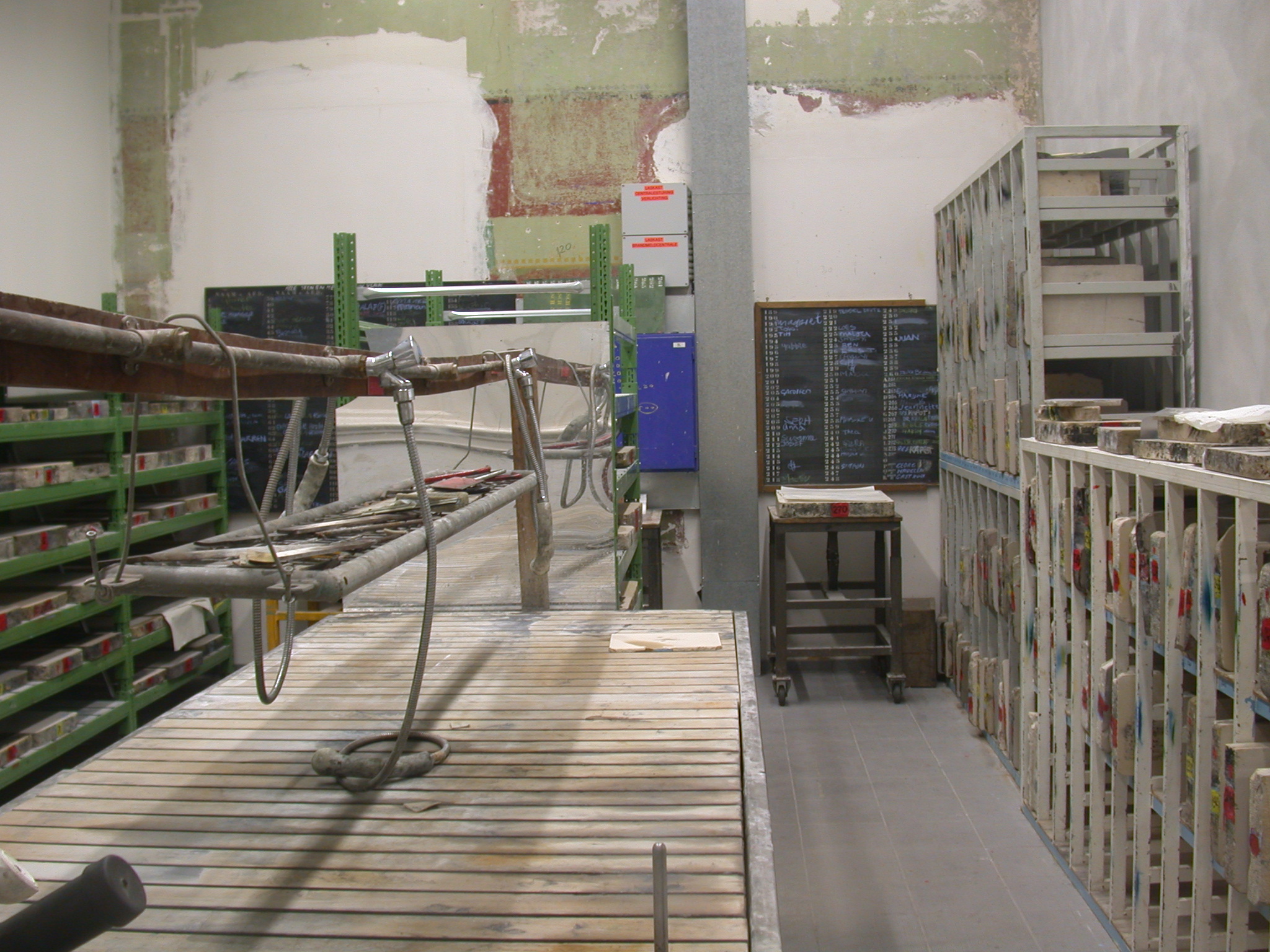The 8 TPM Pillars Defined
Warning: Undefined variable $PostID in /home2/comelews/wr1te.com/wp-content/themes/adWhiteBullet/single.php on line 66
Warning: Undefined variable $PostID in /home2/comelews/wr1te.com/wp-content/themes/adWhiteBullet/single.php on line 67
|
| Articles Category RSS Feed - Subscribe to the feed here |
|
|
Practically, Kaizen in TPM entails forming cross-departmental group that brainstorm about how to address issues related to machinery and equipment. These are referred to as Kaizen events or Kaizen blitzes. Autonomous maintenance permits operators to fulfil duties that will usually be performed by upkeep personnel. It stimulates frontline staff to take possession of their machines and perform routine maintenance practices like cleansing, inspection and lubrication (CIL) tasks. This pillar connects operators to their machines and allows engineers and upkeep teams to focus on tasks that require a better degree of experience. Autonomous upkeep permits operators to detect faults early and deal with minor issues before they become giant problems. Over time, implementing autonomous upkeep could have a giant affect on shop ground performance. Prospects pay to your merchandise, in order that they will also be your biggest critic. They expect flawless goods delivered almost immediately for a very low price. While this isn’t sensible one hundred% of the time, the nearer you may get to delivering high quality items as fast as attainable and on the customer’s schedule, the more successful your group shall be. The close alignment in lean between you and your customer makes it much more likely that you’ll meet their expectations.

Many organizations aren’t prepared for such a dedication. Nevertheless, they’ll nonetheless profit from the core idea of TPM – involving operators in equipment maintenance. That is finished by implementing the primary pillar of complete productive maintenance known as autonomous maintenance. In autonomous upkeep, machine operators take the duty for fundamental upkeep duties like visual inspections, security checks, cleaning, and lubrication. Production Engineers ensure high-high quality production processes. Reading the production engineer job description offers a greater understanding of the job function. A Manufacturing Engineer optimizes production processes. They work with various departments so that the merchandise meet the requirements. Their duties embrace studying production methods and using ways to streamline operations. Eradicate guide duties and streamline your operations. Implementing TPM is an effort that requires everyone’s involvement. That’s why it’s essential for companies to properly brief workers and managers on TPM, why they should implement it, and the projected advantages of utilizing TPM within the workplace. Nonetheless, the work doesn’t end with a singular orientation. On top of briefing employees, it’s vital to understand that TPM is a continuing process. So, teams ought to at all times strive to find the causes of widespread issues, and potential fixes and look for ways to persistently enhance productivity, even if only by small increments.
A metric commonly applied as part of Complete Productive Maintenance is OEE – Total Tools Efficiency. It helps to investigate the core productiveness of machines working within a course of. How to apply Complete Productive Maintenance? Maintain: sustain with all of the established tips. Autonomous upkeep means that operating personnel is empowered to perform fundamental machinery upkeep, appropriate minor issues, and alert the specialised teams of issues outside their scope of data. The operators develop into more conscious of their workstation’s wants. They’ll appreciate their affect on the method and grow to be capable of foresee issues and recommend enhancements. Manufacturers with a detailed document of their financials can use this knowledge to create budgets, forecast future income, and devise development strategies. What it does: The human sources component—or, human capital administration (HCM)—automates core HR processes like payroll and advantages administration. It additionally helps manufacturers monitor personnel, consider performance, appeal to new expertise, and manage worker coaching.
Discrete manufacturers must design and deliver extremely specific and variable product configurations, bring them to market fast—and repeat the cycle again and again. In this stress cooker of market demand and buyer expectation, it’s essential that companies grasp the process of change management if they’re to achieve and maintain a competitive edge. Upkeep is important to many operations. It extends gear life, improves gear availability, and retains equipment in proper condition. Subsequently, correct upkeep is required to achieve clean manufacturing. Many corporations have carried out Whole Productive Maintenance (TPM) in their production line. Nonetheless, most TPM implementations will not be evaluated properly. This research goals to develop an evaluation mannequin for the TPM implementation within the cement plant. Advances in expertise like automation, robotics, and data analytics have enabled corporations to optimize their processes, scale back waste, and improve productivity. These technological developments have made it simpler for organizations to implement best lean certification course in Gujarat practices and achieve sustainable enhancements. Changing shopper calls for have put pressure on companies to be extra agile and responsive.
Find more articles written by
/home2/comelews/wr1te.com/wp-content/themes/adWhiteBullet/single.php on line 180